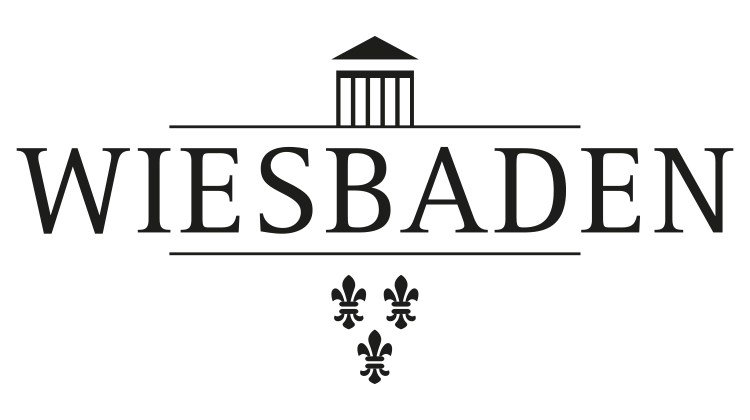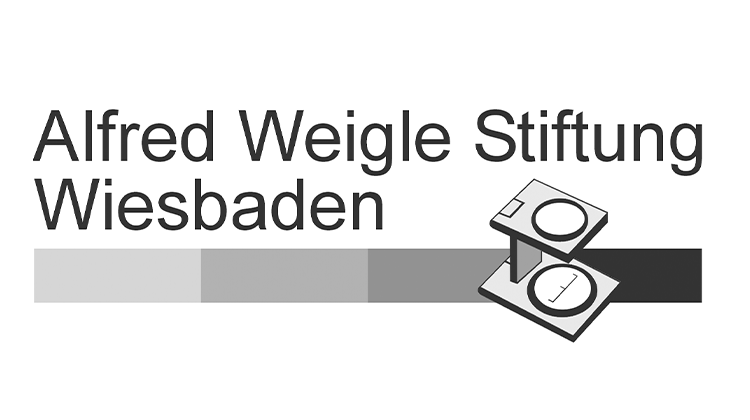Jugendstil was a revolutionary art movement. It asserted a form of modern art attuned to its own era and found its themes in nature and in the imagery of both a loving and suffering humankind. Jugendstil used art to explore and discover possibilities for a utopian and aesthetically determined form of society. Emerging from the dynamism of nature and the vitality of youth, fin de siècle art also embodied the darker side of existence, most notably through Symbolism and its bleak aesthetics of decay, myth, and mystery. The aim was to create a Gesamtkunstwerk that would dissolve the boundaries between life and art.
The south wing of Museum Wiesbaden is home to the Jugendstil collection of Ferdinand Wolfgang Neess, now a part of our permanent exhibition. More than 500 objects form a cross-section of all the genres of Jugendstil, providing an exemplary display of the quality and stylistic virtuosity of late 19th-century art. With the inaugural presentation of the Neess Collection on June 29, 2019, Museum Wiesbaden entered the international stage as a major site of European Jugendstil, boasting one of the most outstanding collections of its kind anywhere.
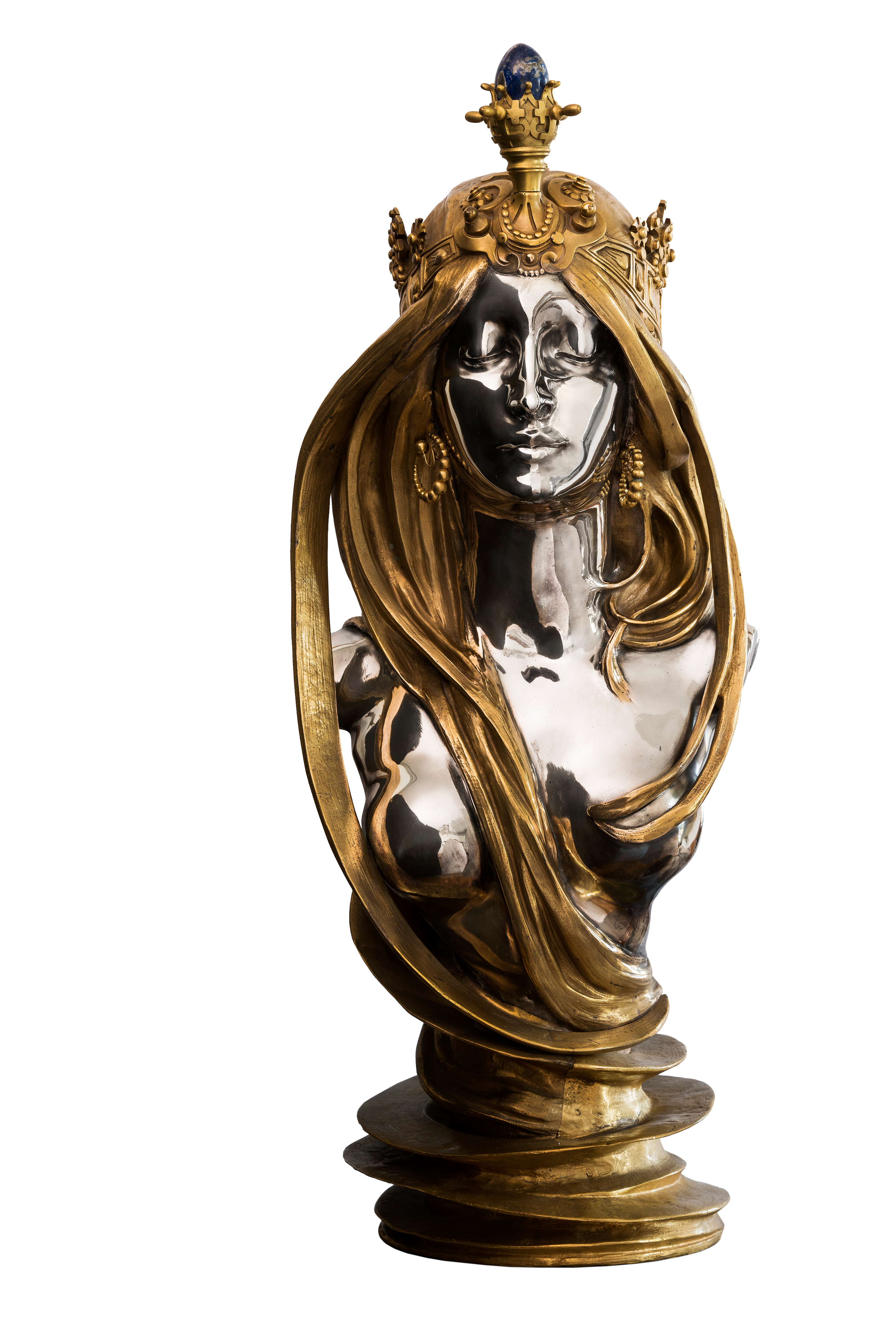
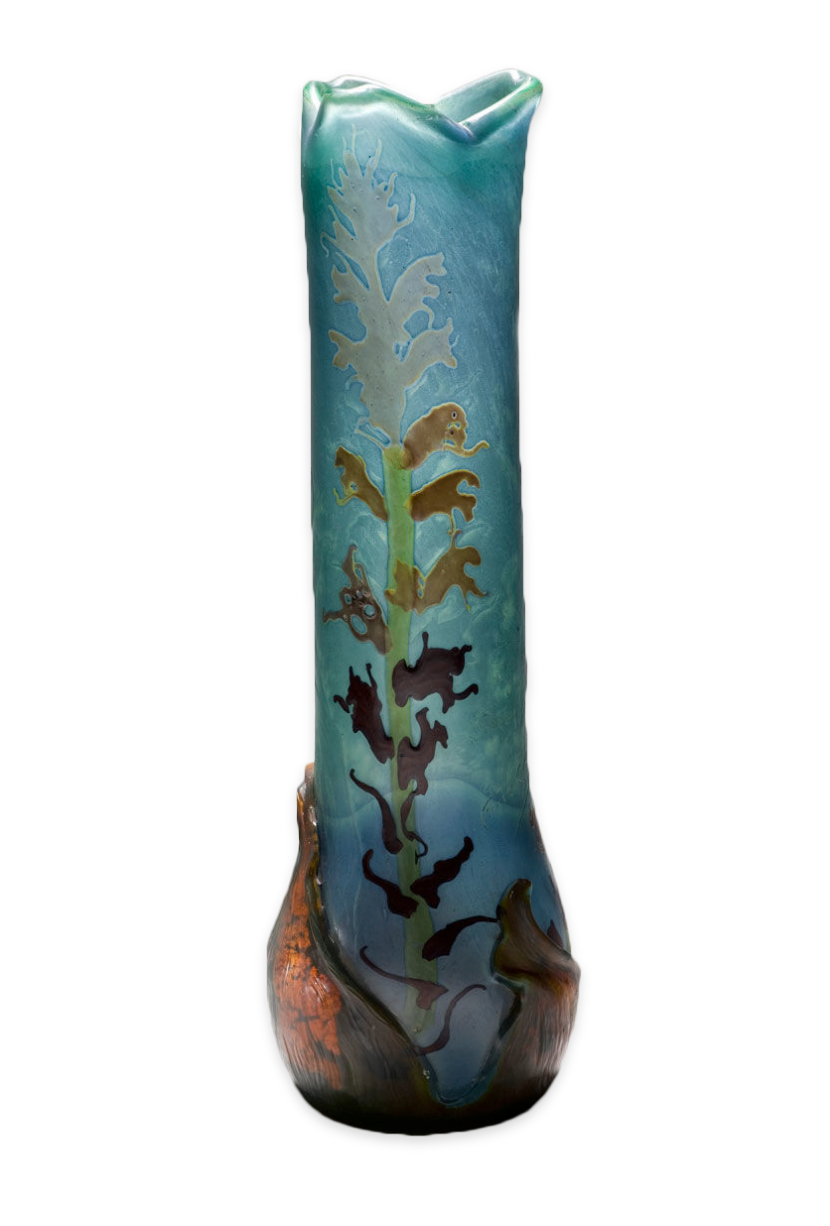
The collection contains more than 90 Paintings, pastels and watercolors produced by artists from all over Europe. Works by Gustave Moreau and his student Edgar Maxence, as well as Alphonse Osbert, represent French Symbolism, while works by Fernand Khnopff and Jean Delville are prime examples of its Belgian counterpart. Numerous paintings by Franz von Stuck, Heinrich Vogeler, Ludwig von Hofmann, and Karl Wilhelm Dieffenbach document significant German positions in Symbolism and Jugendstil alike. The collection is complemented by works from Great Britain by renowned Pre-Raphaelites such as Edward Burne-Jones, Evelyn De Morgan, and John Melhuish Strudwick. In terms of sculpture, the works of Alfons Mucha and George Minne represent exceptional pieces. The collection also comprises a spectacular range of objects from the applied arts, such as furniture and objects made of glass, porcelain, and ceramics. It features entire furniture ensembles by Emile Gallé, Hector Guimard and Louis Majorelle, as well as Bernhard Pankok and Richard Riemerschmid. The wealth of high caliber glass objects enriches the collection, with numerous vases, bowls, lamps, and chandeliers produced by Emile Gallé, Les Frères Muller, Les Frères Daum, Lötz-Witwe and the Tiffany Studios, underscoring the importance of works in glass for Jugendstil, which can hardly be overestimated. No less remarkable are the porcelain objects and ceramics by figures such as Ernst Wahliss, Michael Powolny or also Albin Müller. The presentation at Museum Wiesbaden provides a representative overview both in qualitative and quantitative terms, of the field of fin-de-siecle artistic production unfolding between Jugendstil and Symbolism.
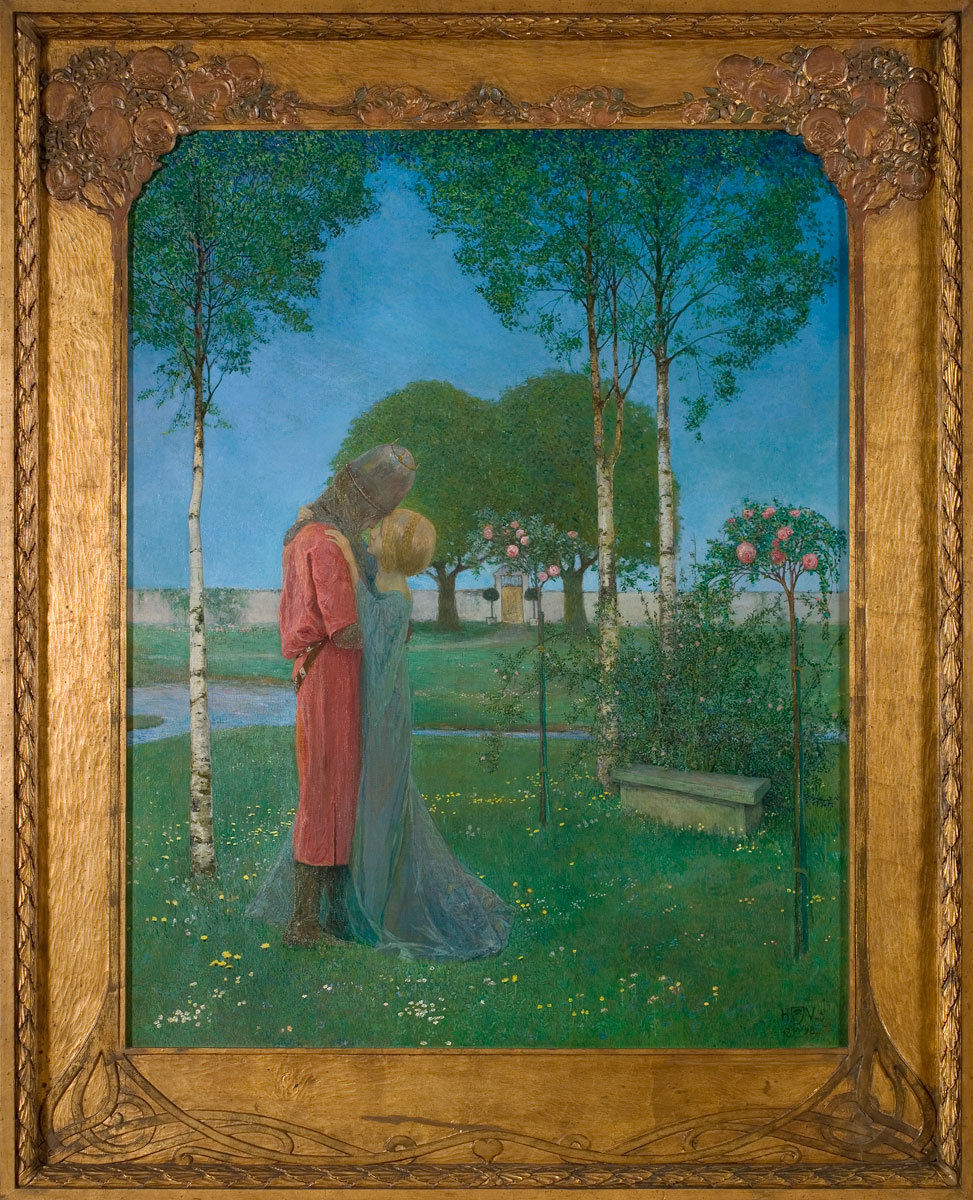
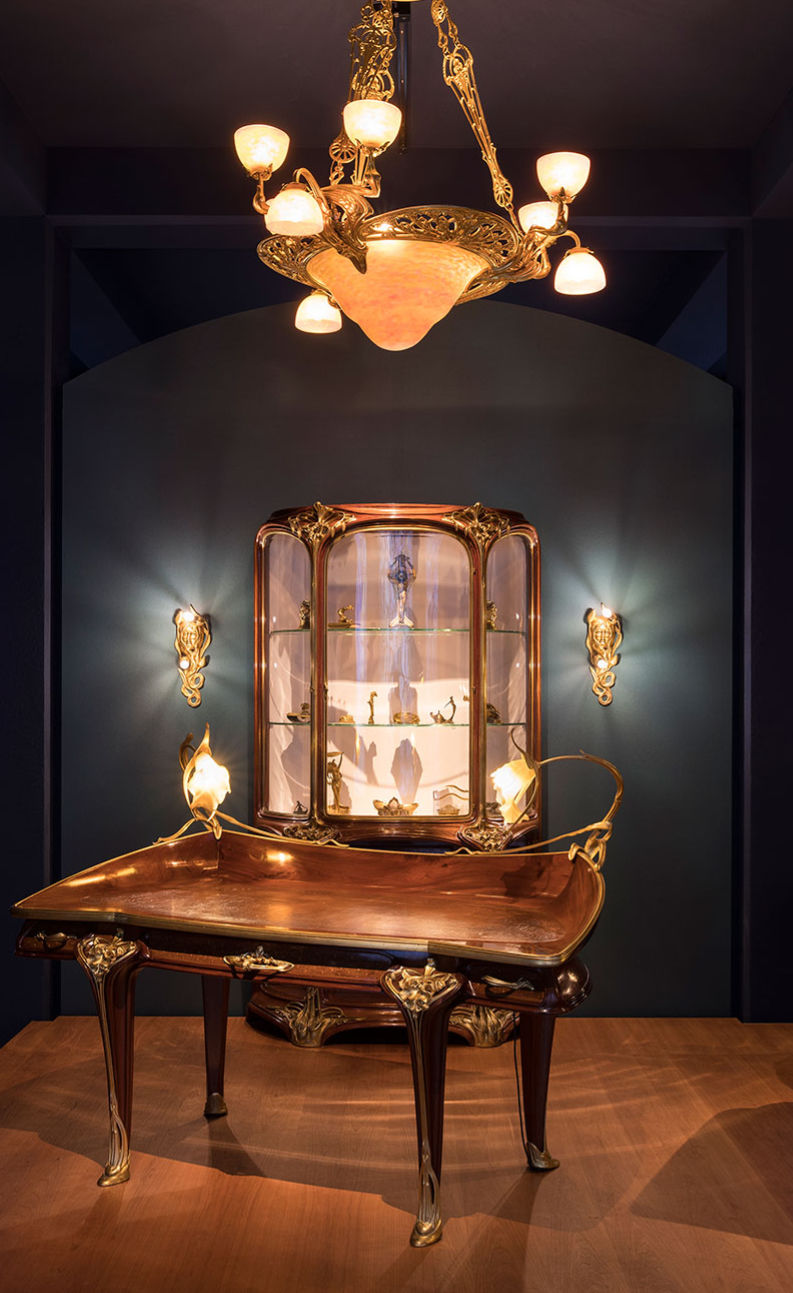
The world’s fairs in the large metropolises of the western world between 1851 and 1902 were unique exhibitions of achievement and self-portrayals of the 19th century. These events were a showcase of national aspirations for economic growth and prosperity, not least, of international relevance. As a global mass spectacle, the world’s fair attracted an international audience of millions who found in one place an overview of the known world.
The F. W. Neess collection demonstrates the intimate and mutually influential dialog that took place between European artists — both in competition and shared enthusiasm. The collection is infused with the spirit of the world’s fair — particularly, the 1900 Paris Exposition. Numerous objects from the collection were on view at the art exhibition there. Our presentation features original film footage and photographs to create an atmospheric impression of this once-in-a-lifetime event and its nearly 50 million visitors crowding through the pavilions. The Vienna SecessionAt the 1900 Paris Exposition, Louis Majorelle premiered an office ensemble on the theme of water lilies, which — as sleek as it is solid — seems to break away entirely from the naturalism of the École de Nancy. By emphasizing structure and line, Majorelle developed a new design language, liberating himself from the influence of Émile Gallé. His intimate knowledge of 18th-century French styles enabled him to maintain a balance of forms and elegant proportions even in three-dimensionality. His success at the exposition was so thorough that three years later Majorelle presented another desk, Orchidées (Orchids), at the Salon des Artistes français in Paris.
In Vienna in 1897, the Vienna Secession was formed — an association of artists whose Jugendstil works found no recognition in official exhibitions and salons. The Secessionists included artists such as Gustav Klimt, Koloman Moser, Josef Hoffmann and Joseph Maria Olbrich, all of whom also had a strong influence on Jugendstil in Germany. In 1895, Georg Hirth founded the Munich-based illustrated magazine Jugend. It was in reference to this magazine that people began to speak of “Jugendstil” for the first time in 1897, at the industrial and trade fair of SaxonyThuringia in Leipzig. The 1900 Paris Exhibition was of central importance for the new style’s profile throughout Europe. This event brought together a range of Jugendstil approaches from different countries and regions for the first time, allowing the movement to gain international visibility. At the same time though, art critics of the time viewed the fair not just as symbolizing the arrival of Jugendstil on the international stage, but also its apogee and the beginning of its decline.
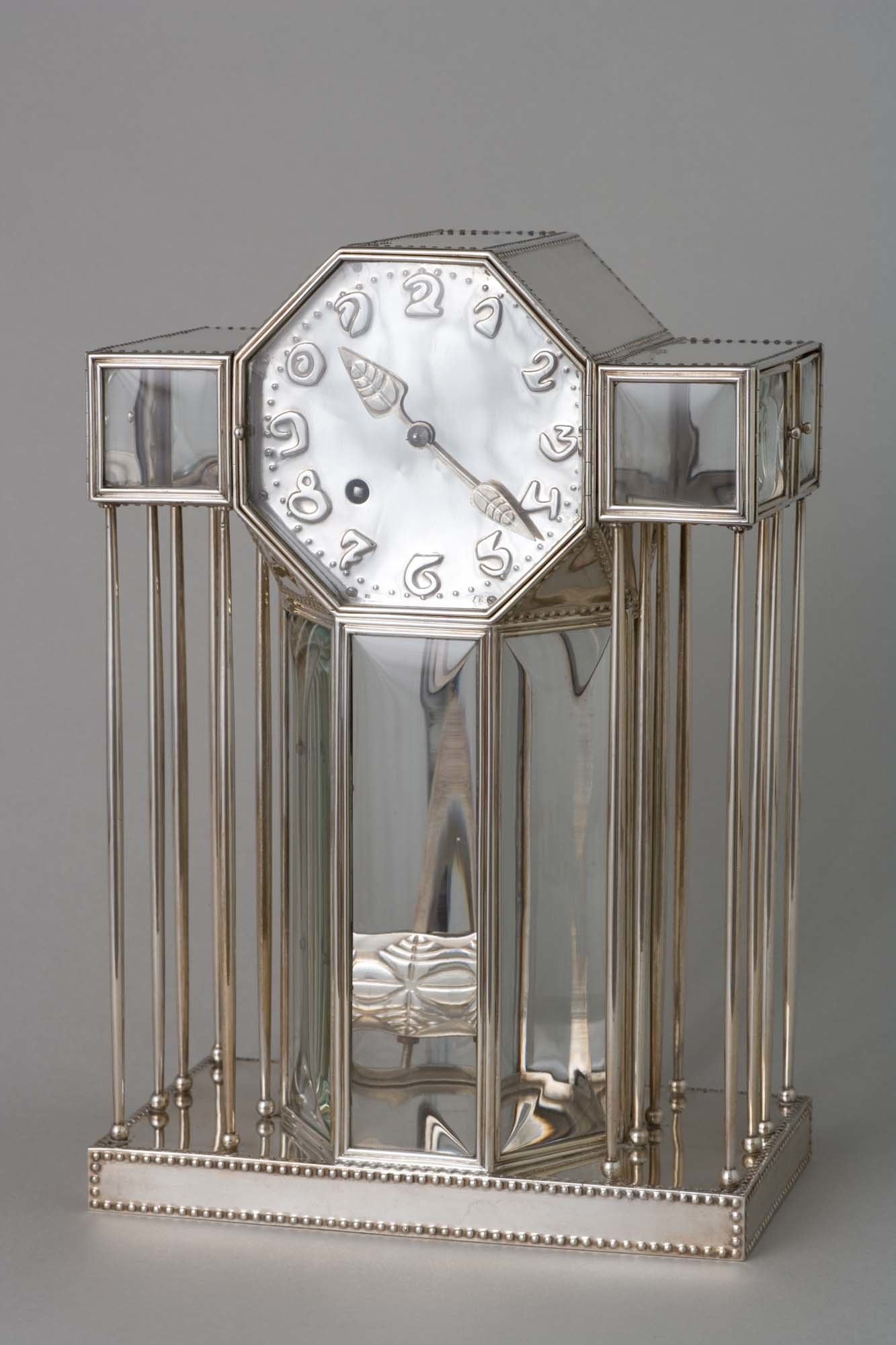



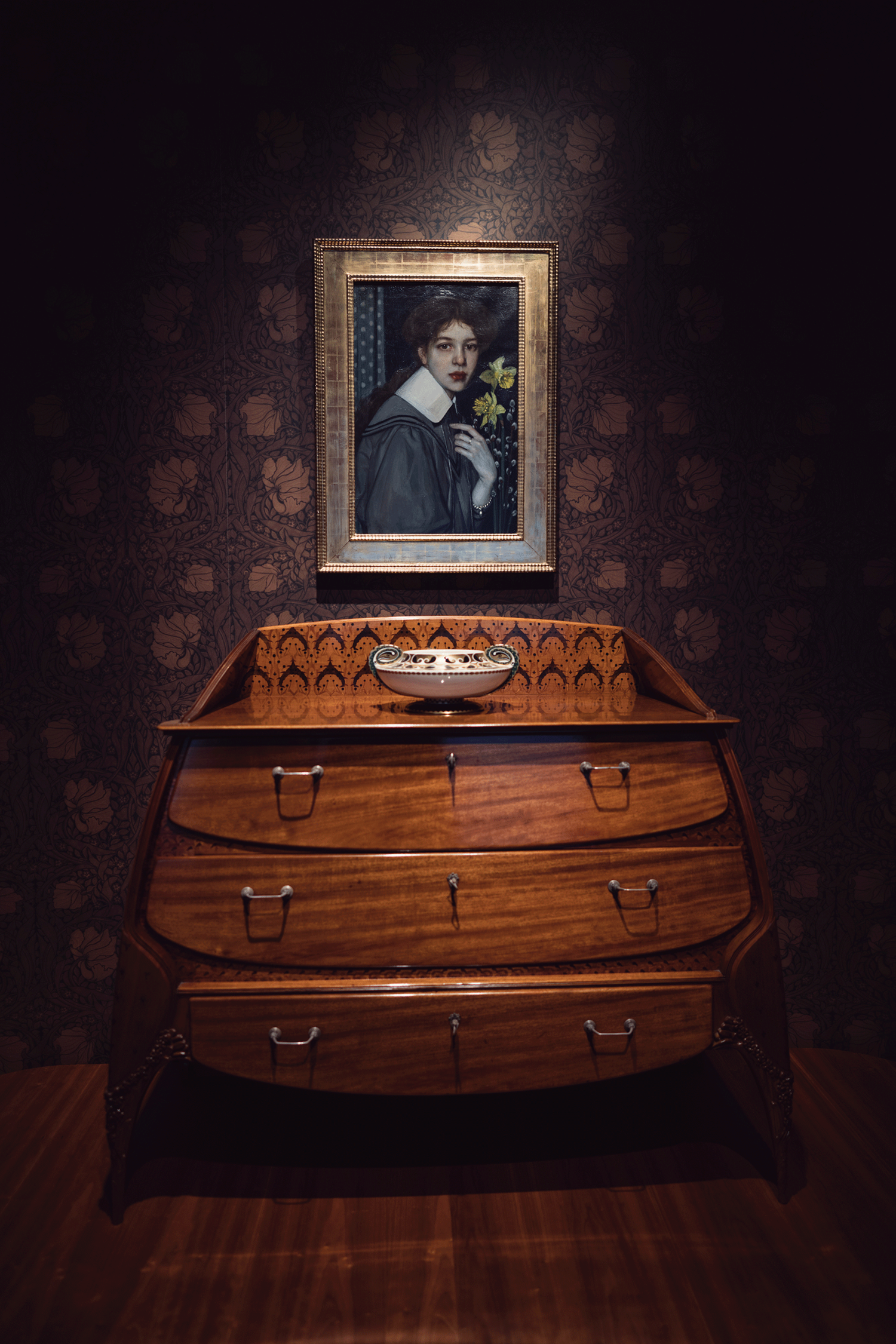

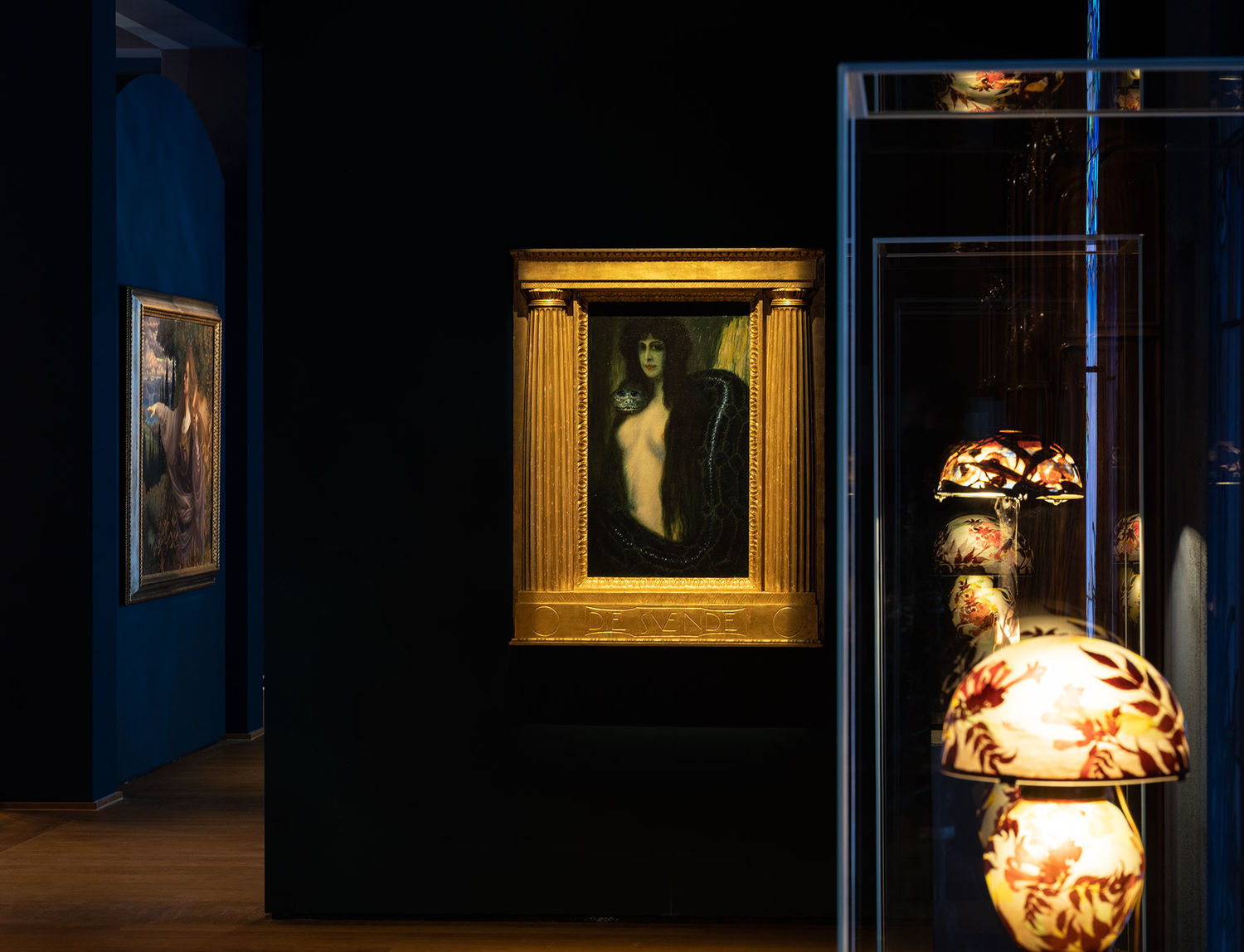

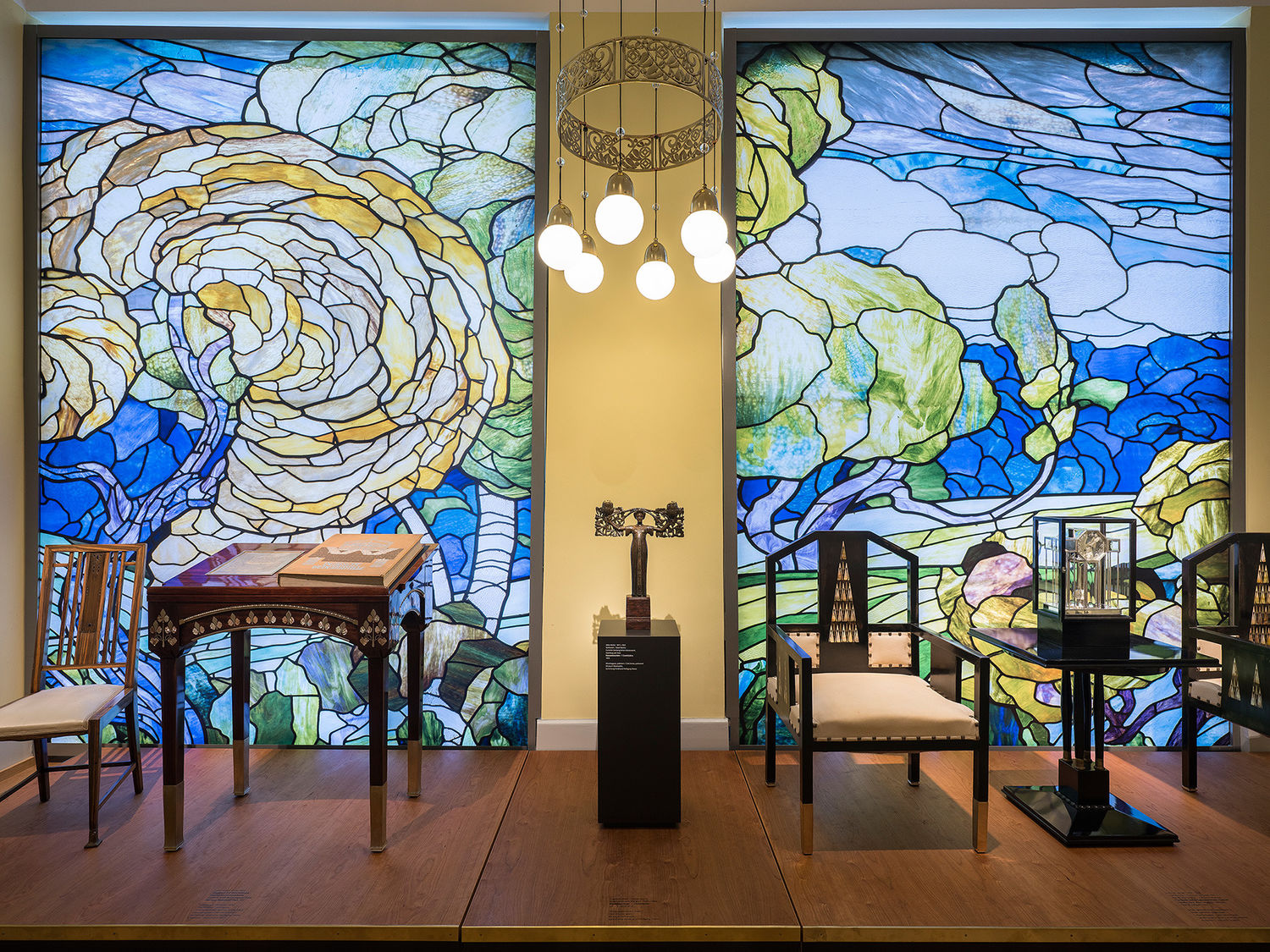

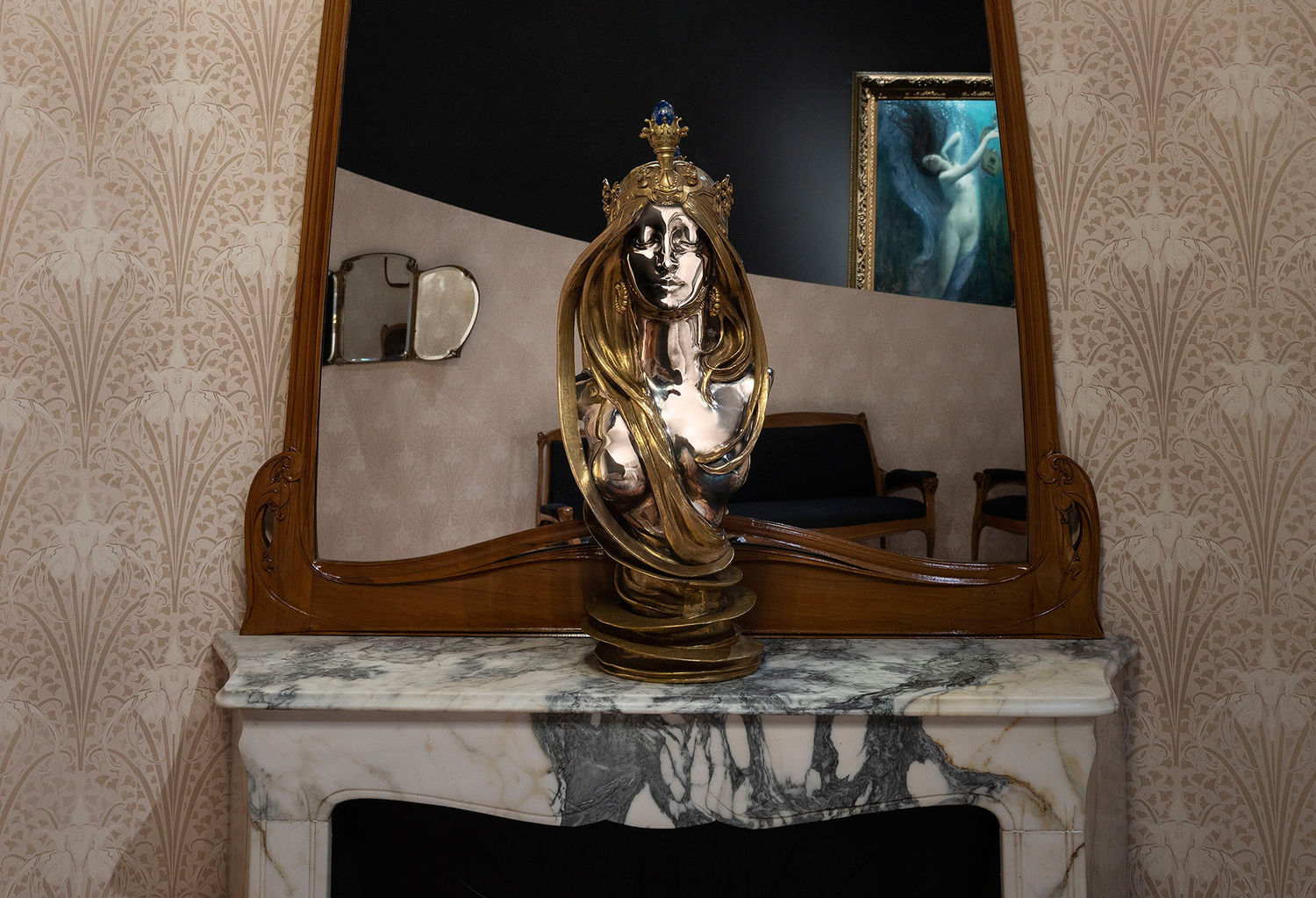

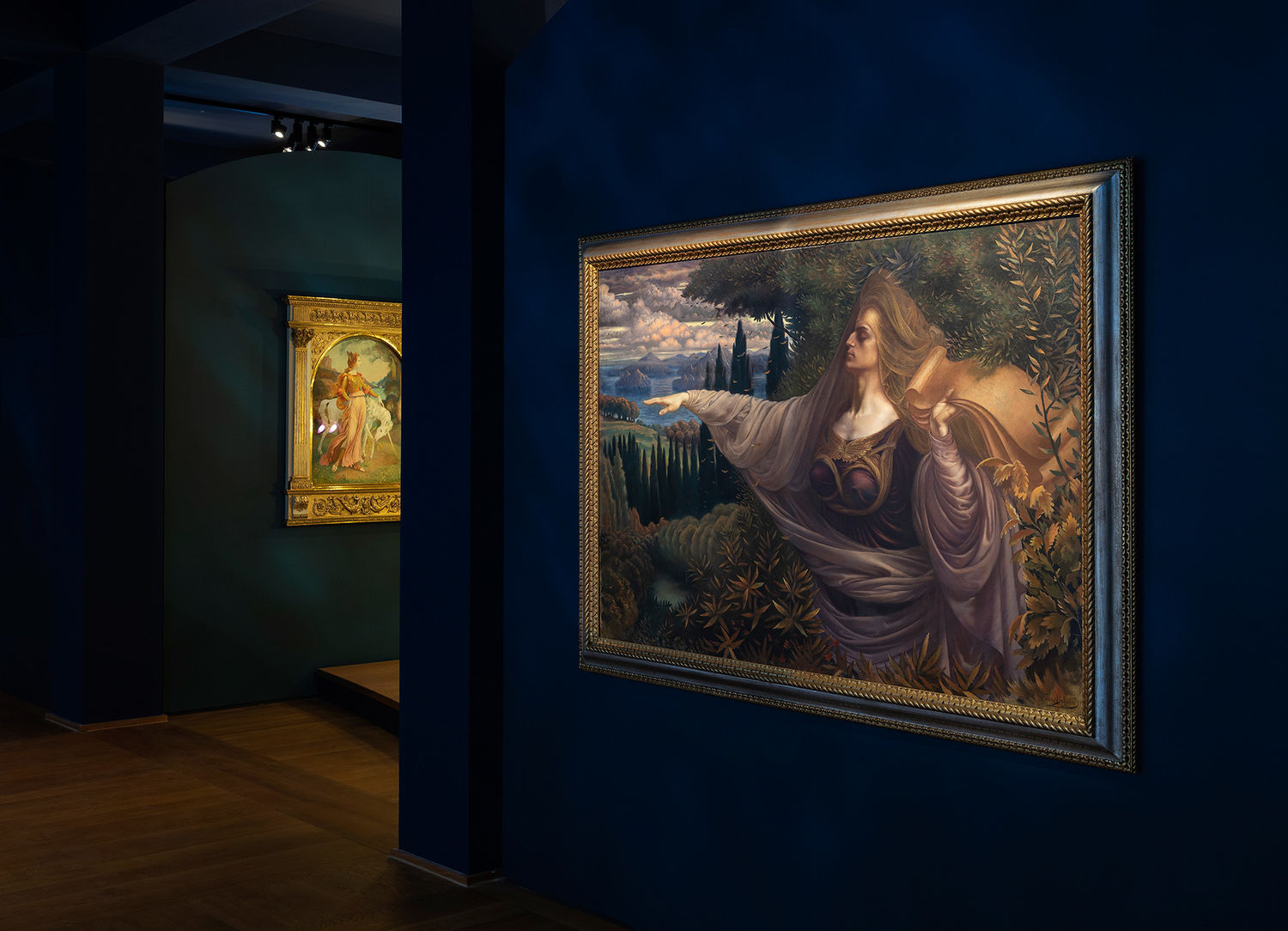
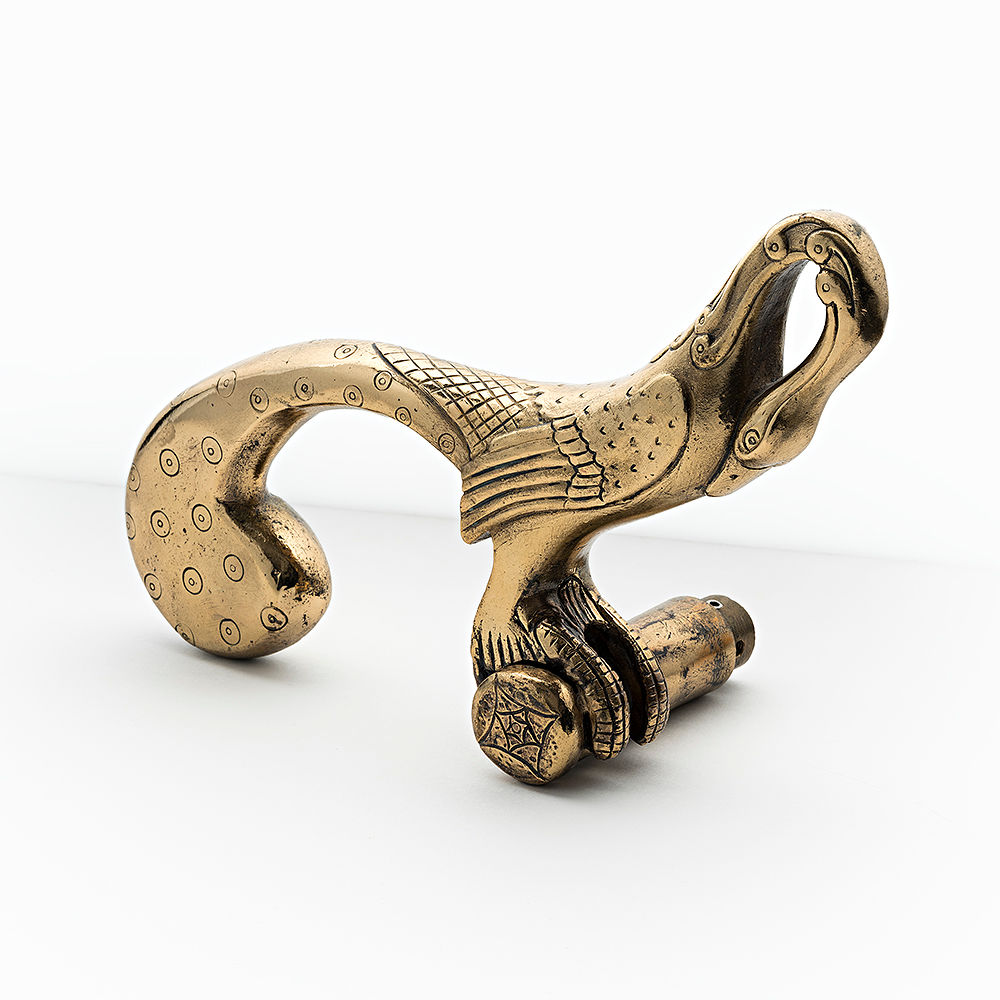
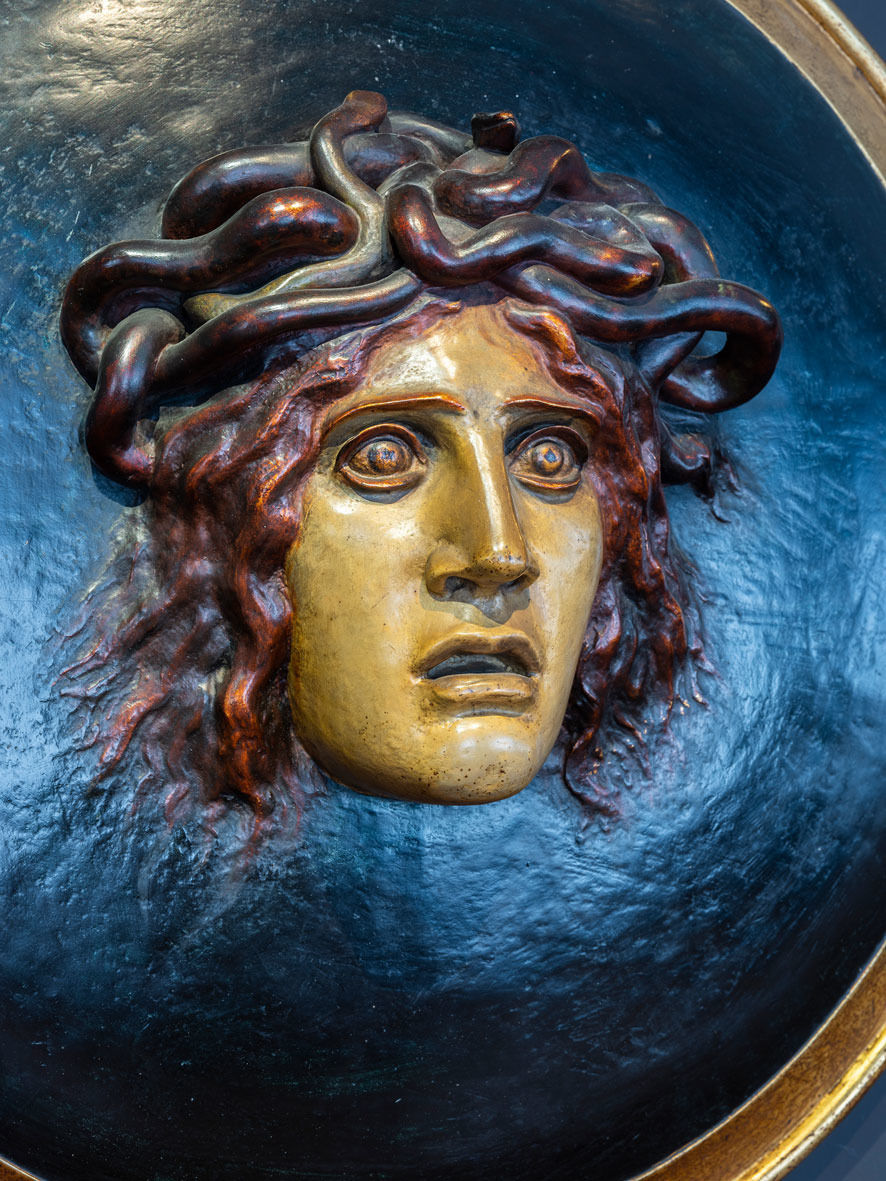
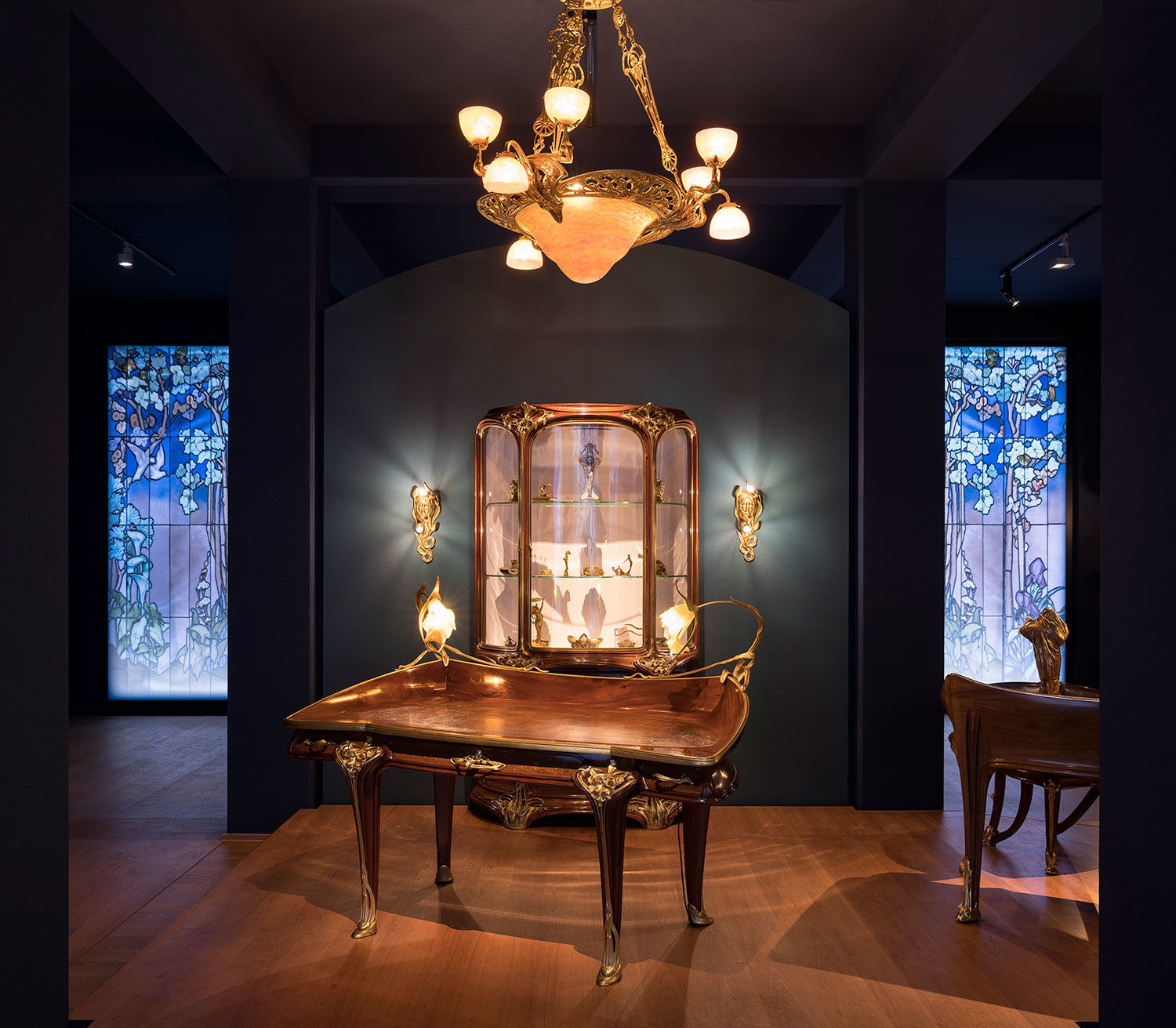

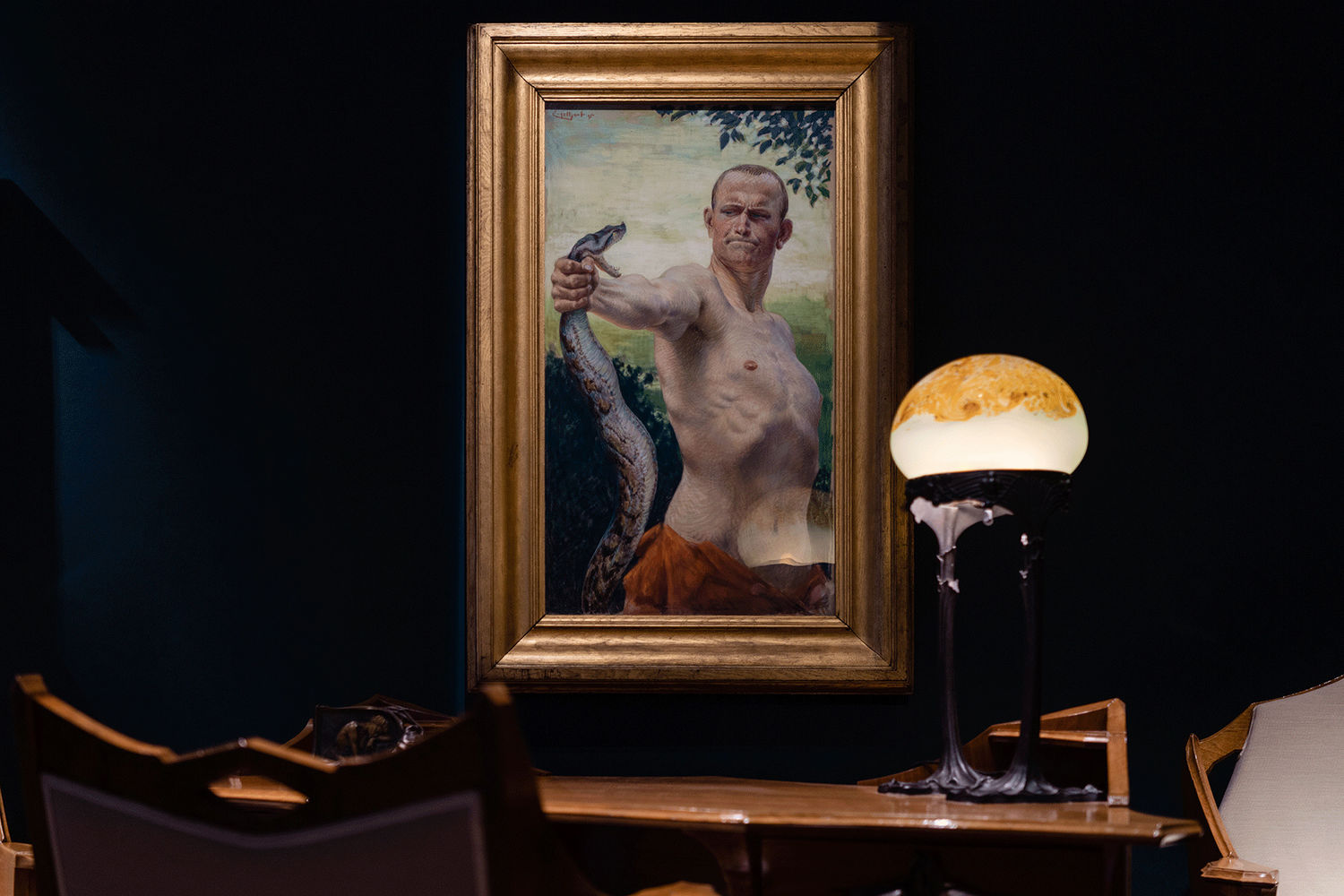
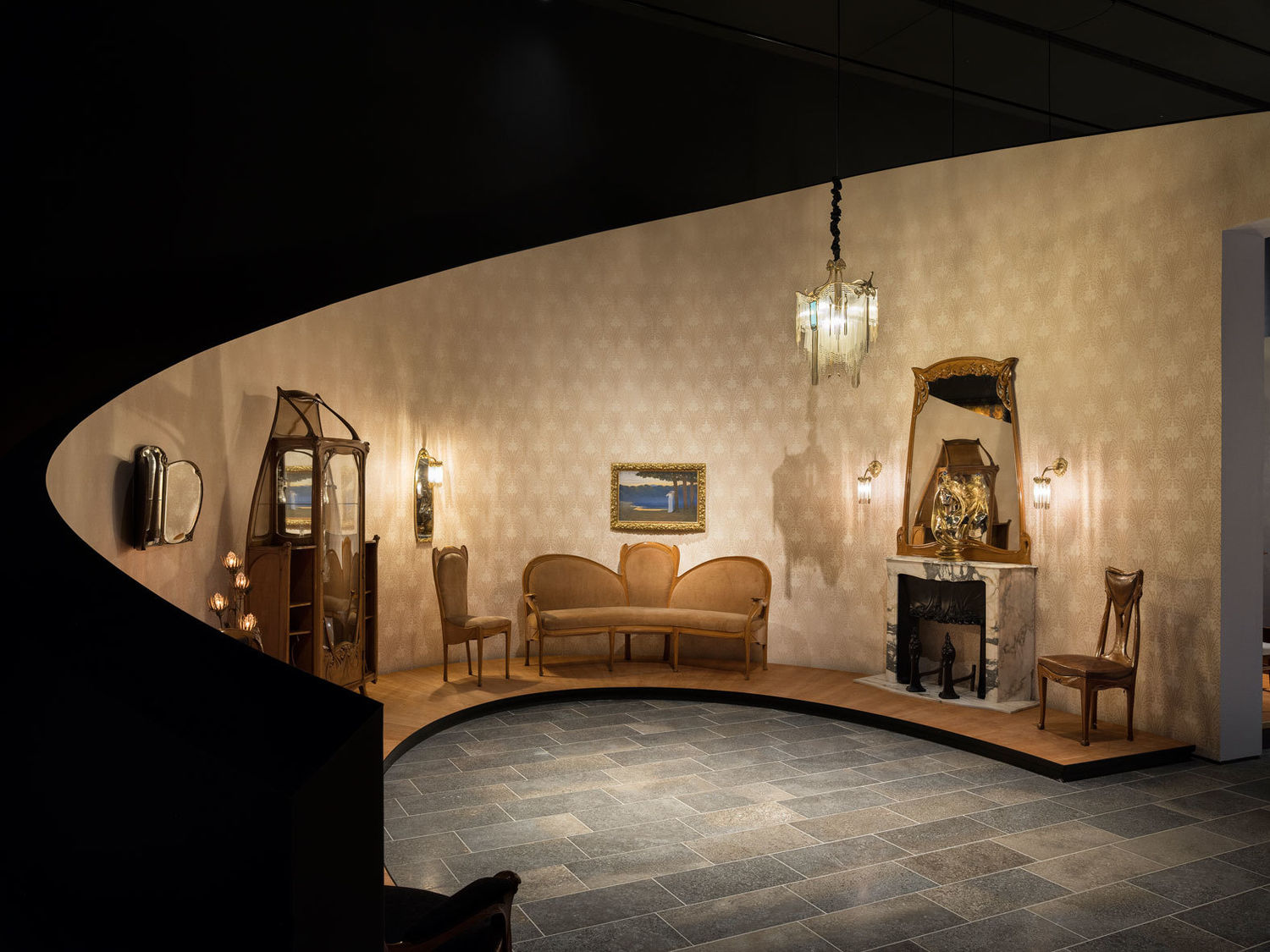
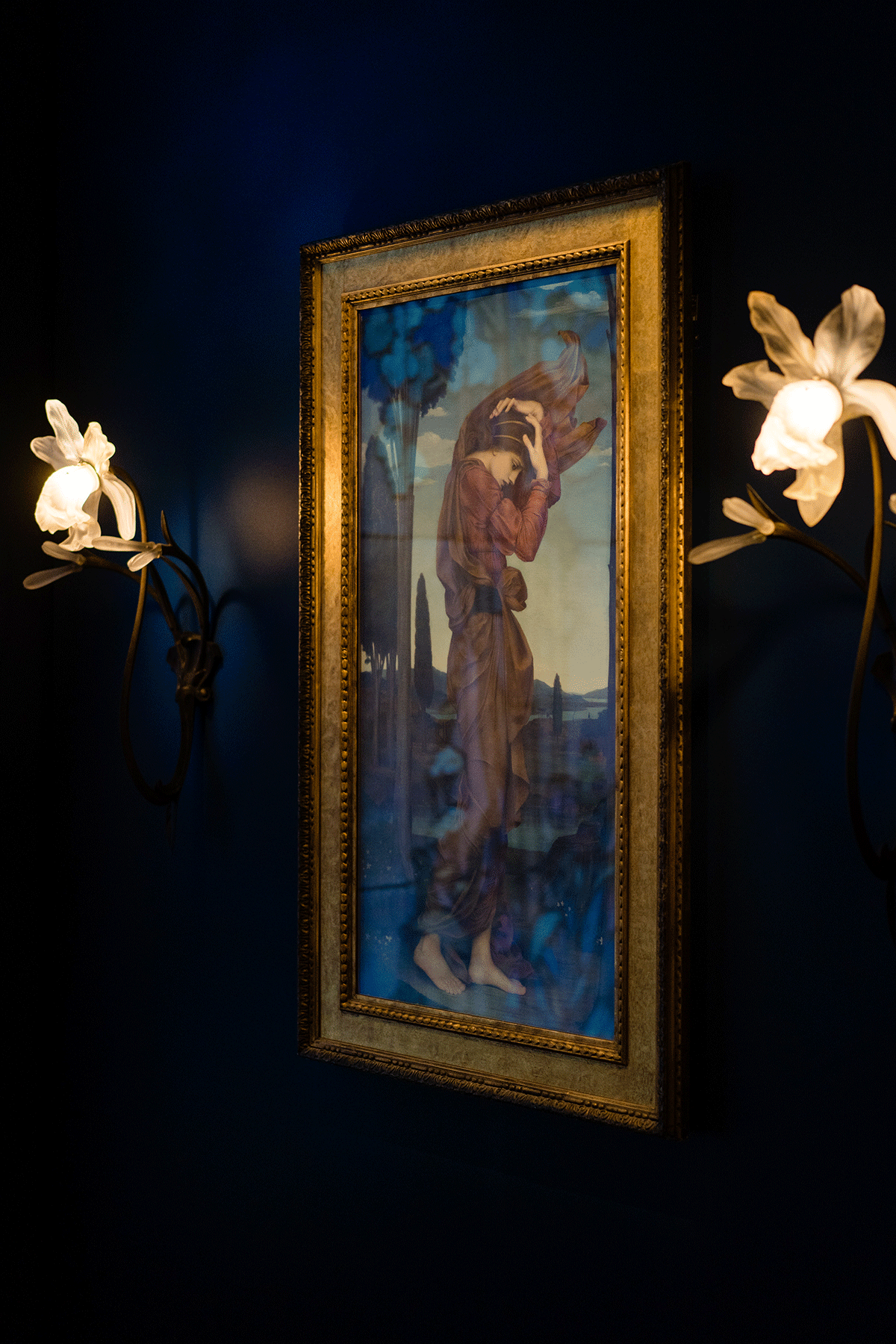
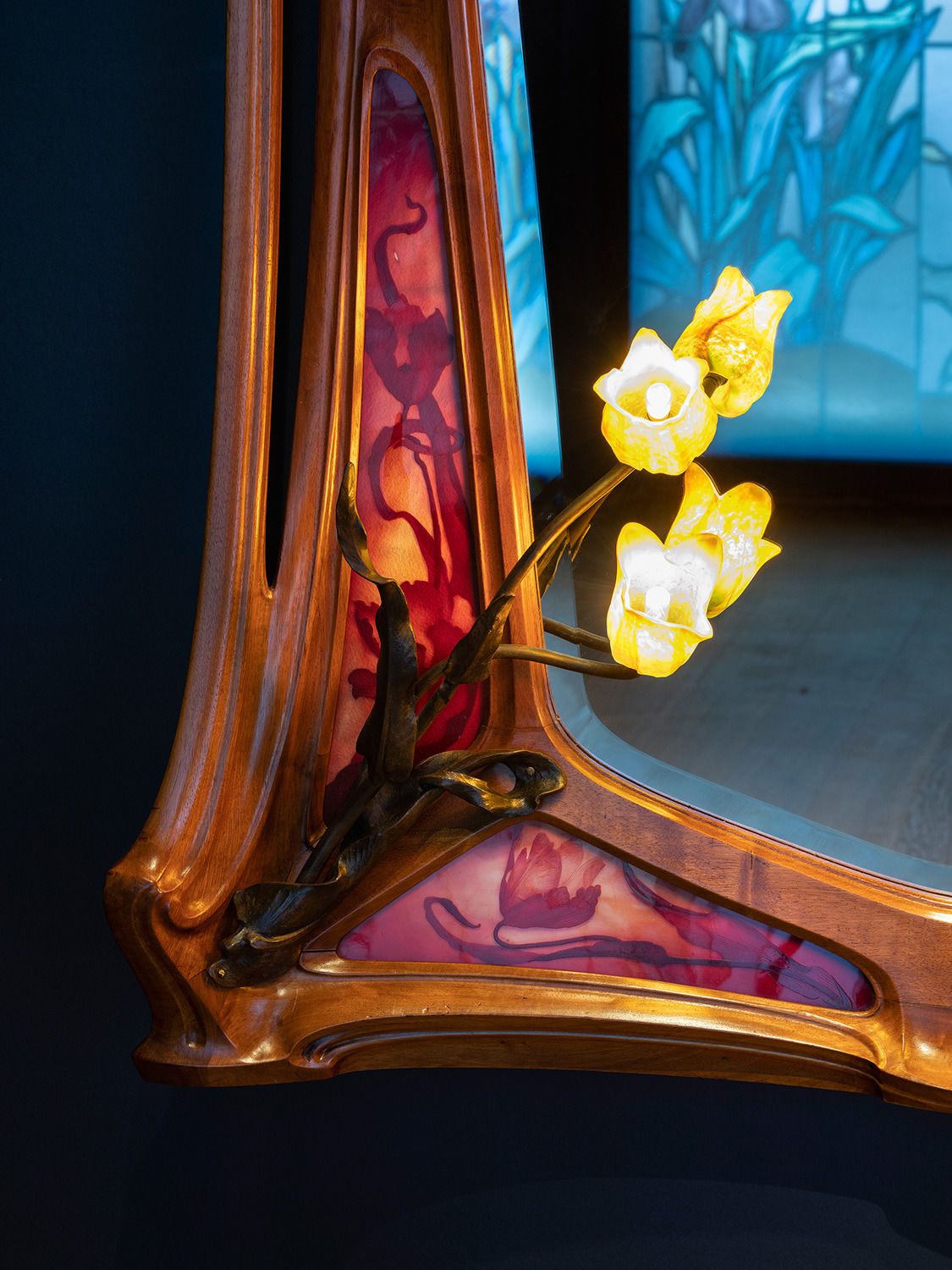
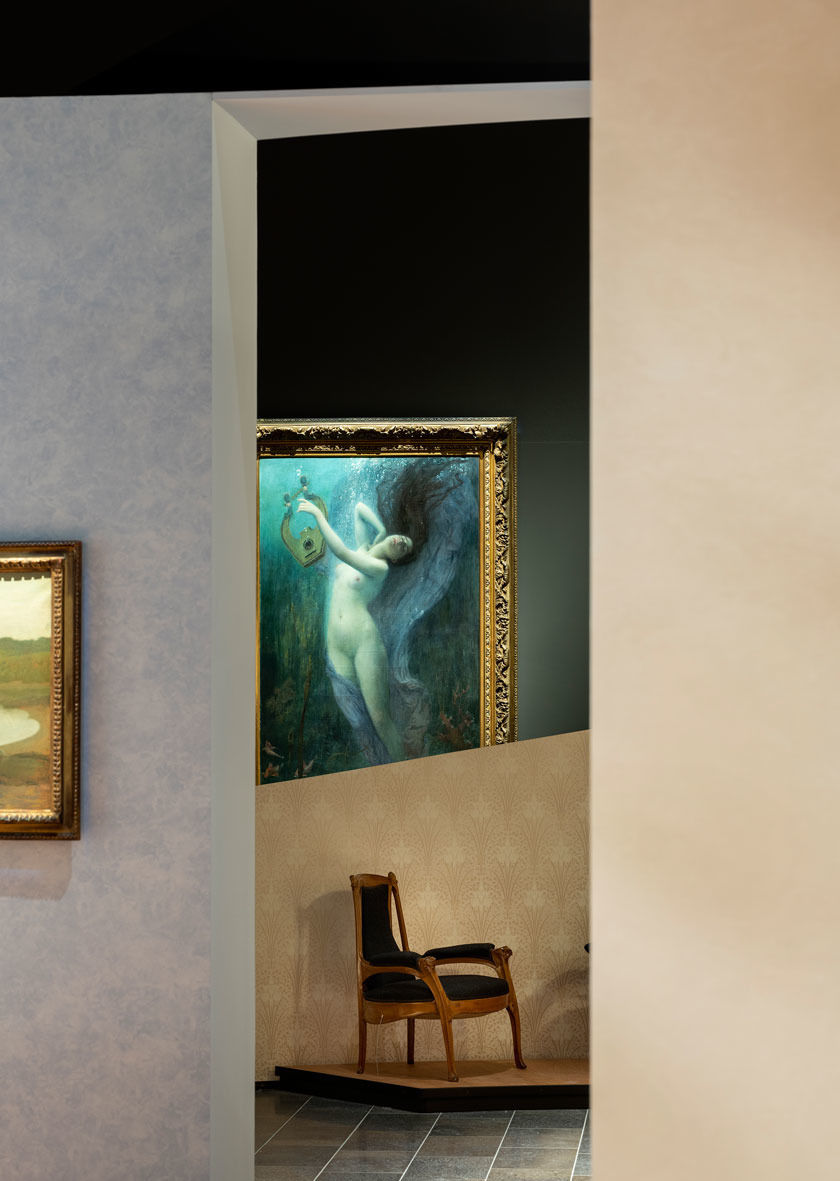


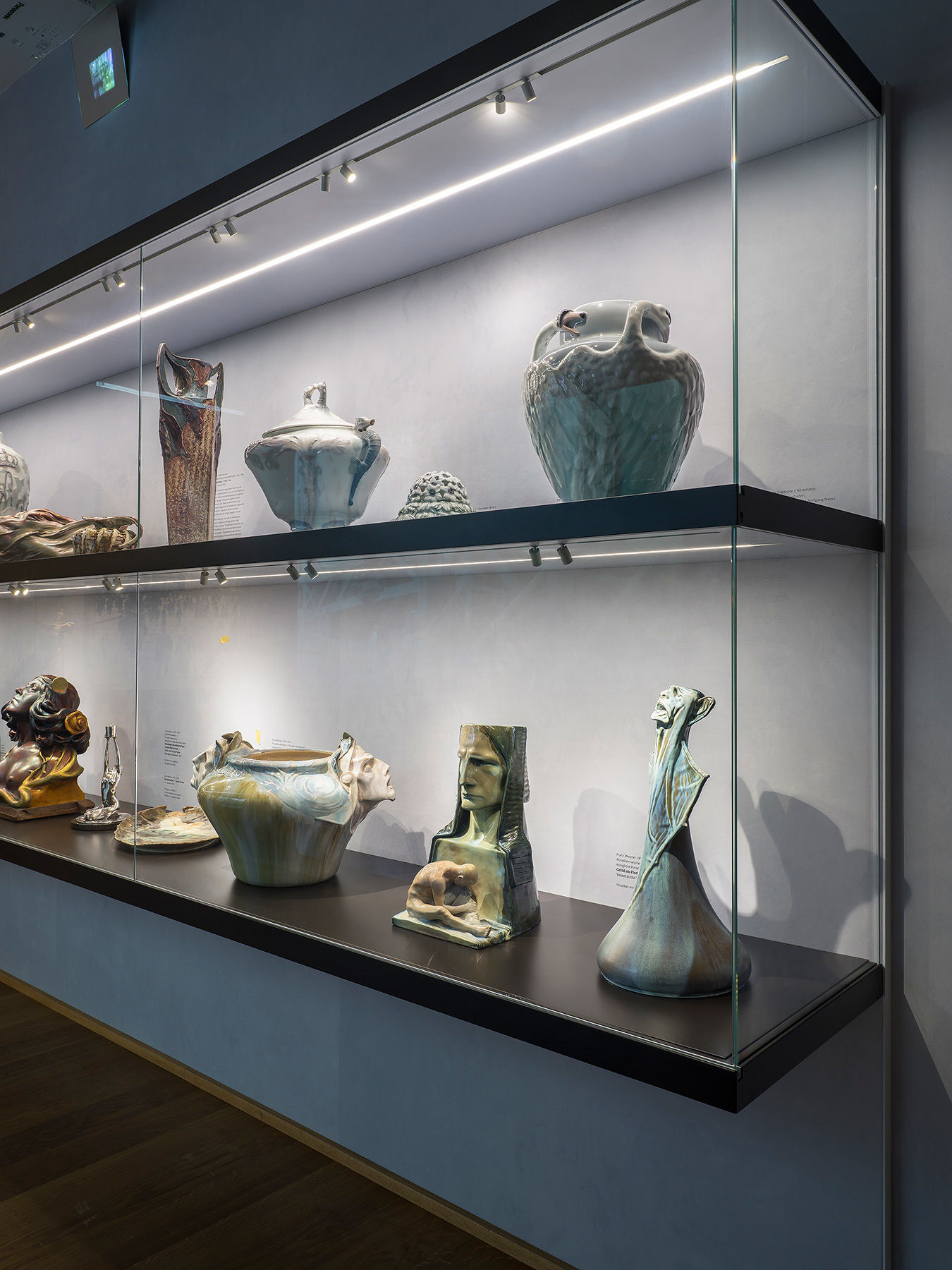
Music around 1900 — In Ferdinand Wolfgang Neess' life's work, his Art Nouveau collection and playing music as a flutist played essential roles. In this sense, the competition also aims to build a bridge between the visual art of Art Nouveau and the music of this era, which was also particularly important to the founder. In keeping with the spirit of the Neess Collection, music and collection are intended to complement and inspire each other, thus opening up entirely new worlds of Art Nouveau to the public.
Museum Wiesbaden offers a variety of programs for all ages, from guided tours to workshops for preschools and schools, to teacher training and programs for students, private groups, or families with children.

